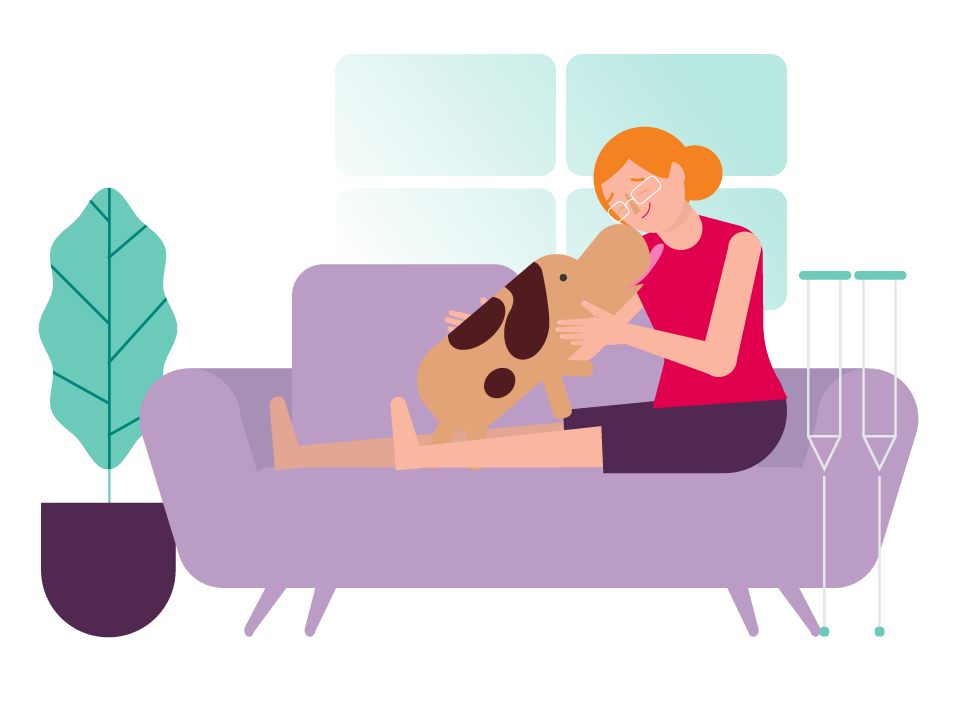There are alternatives to grommets for the treatment of glue ear and middle ear infections.
Here are some treatments you can talk to your doctor about:
- Watchful waiting. Before deciding to insert grommets for glue ear, your doctor may recommend waiting for 3 months to see if it resolves by itself, as it often does.
- Auto-inflation balloons may be used to try and force air up the tube that links the middle ear to the back of the throat (Eustachian Tube) to help ventilate the area. It can be hard to get children to persist with this.
- Hearing aids can be worn to improve hearing until the glue ear resolves.
- Antibiotics can be used to treat acute middle ear infections, but will only reduce the duration of symptoms by 1 day, so they’re only usually given to very young children or those who become very unwell during an infection. If the infection is caused by a virus, antibiotics won’t be effective.
- Painkillers can be given to relieve discomfort during an acute ear infection. Paracetamol and/or an NSAID such as ibuprofen can give relief.
- Other treatments such as decongestants, antihistamines, steroids, acupuncture, herbal remedies, ear candling, warm compresses and homeopathic drugs have been tried but there’s no clinical evidence for their effectiveness.
When to put in grommets
Not all doctors agree about when to recommend grommets. Most say they should be inserted for glue ear if it persists after 3 months, with associated hearing loss and (or speech delay in children), but they may be considered sooner if there are significant concerns about speech development. For recurrent acute middle ear infections, the consensus is that grommets should be inserted after 3 or more infections in 6 months or 4 or more infections in 12 months. Sometimes if the Eustachian Tube is not working, the ear drum can be sucked in as the pressure in the middle ear will be less than in the outer ear. This can cause weakness of the ear drum, holes or even lead to an accumulation of dead skin cells called a cholesteatoma. Grommets are often used to normalise the pressure in patients with Eustachian Tube problems.
There are cases where immediate insertion of grommets is recommended. An example of this could be when an ear infection leads to meningitis or involves the facial nerve.







